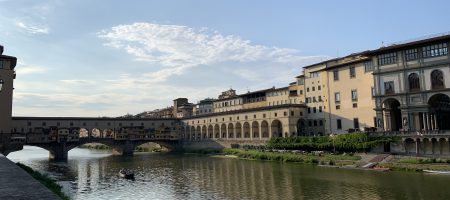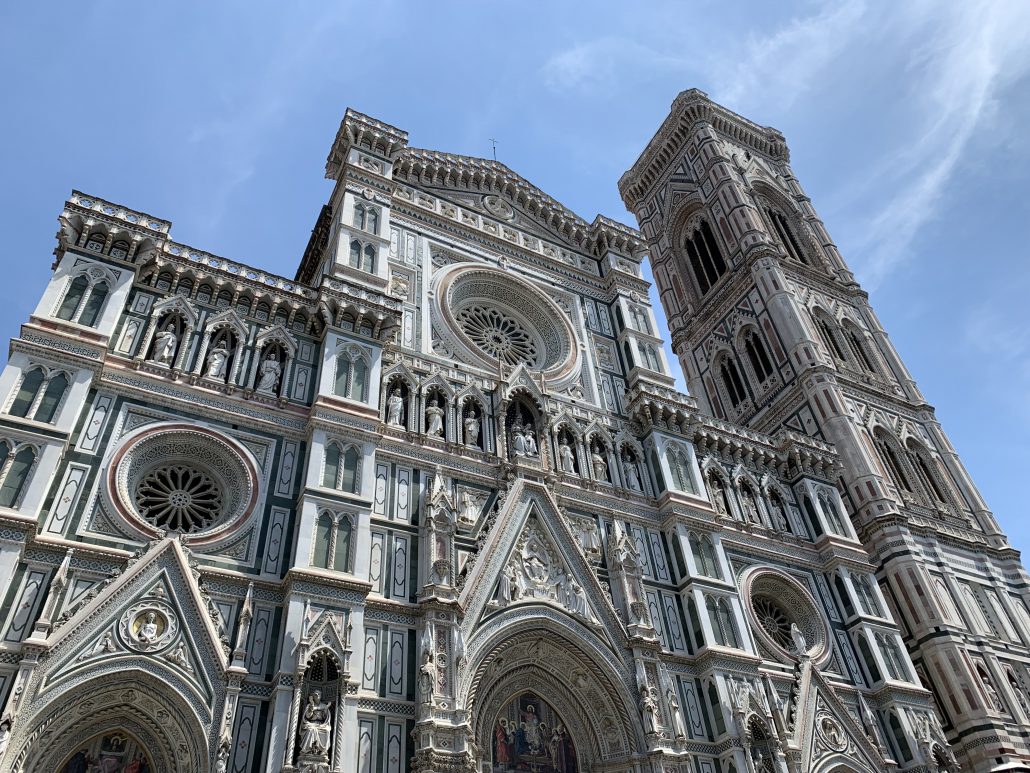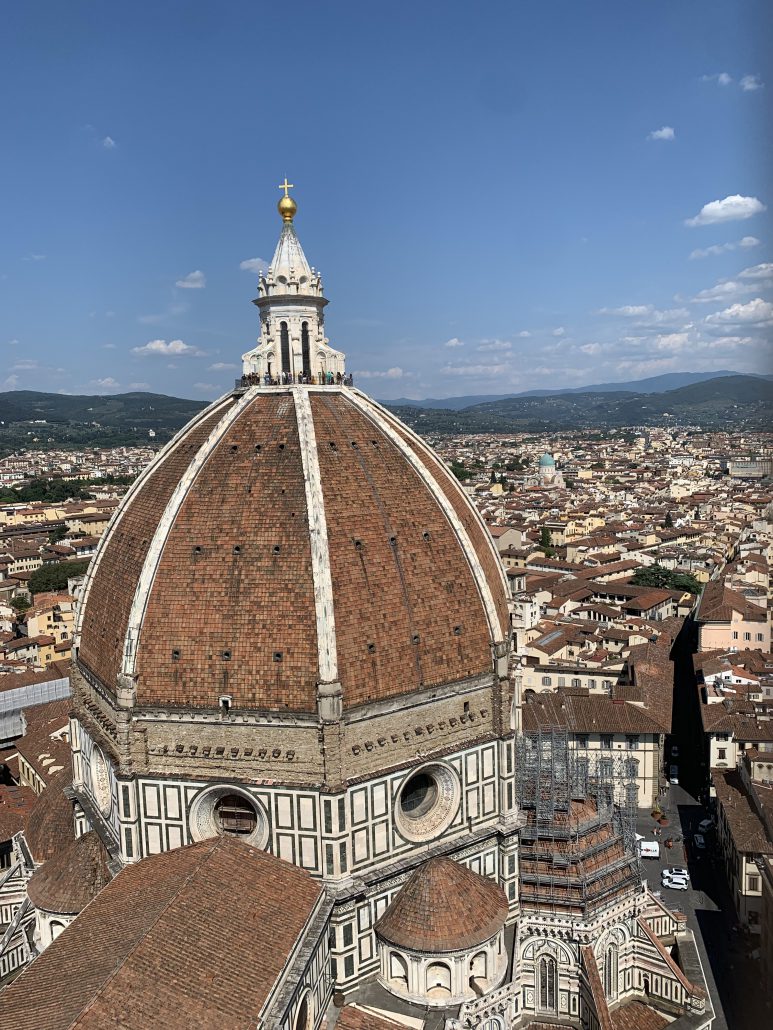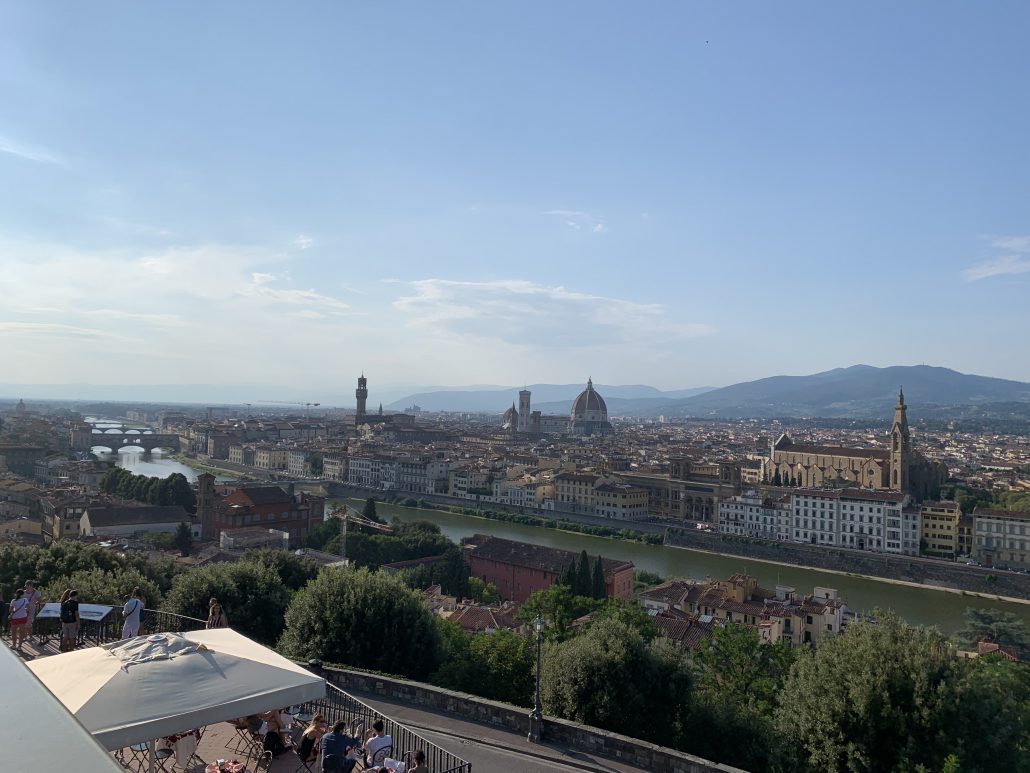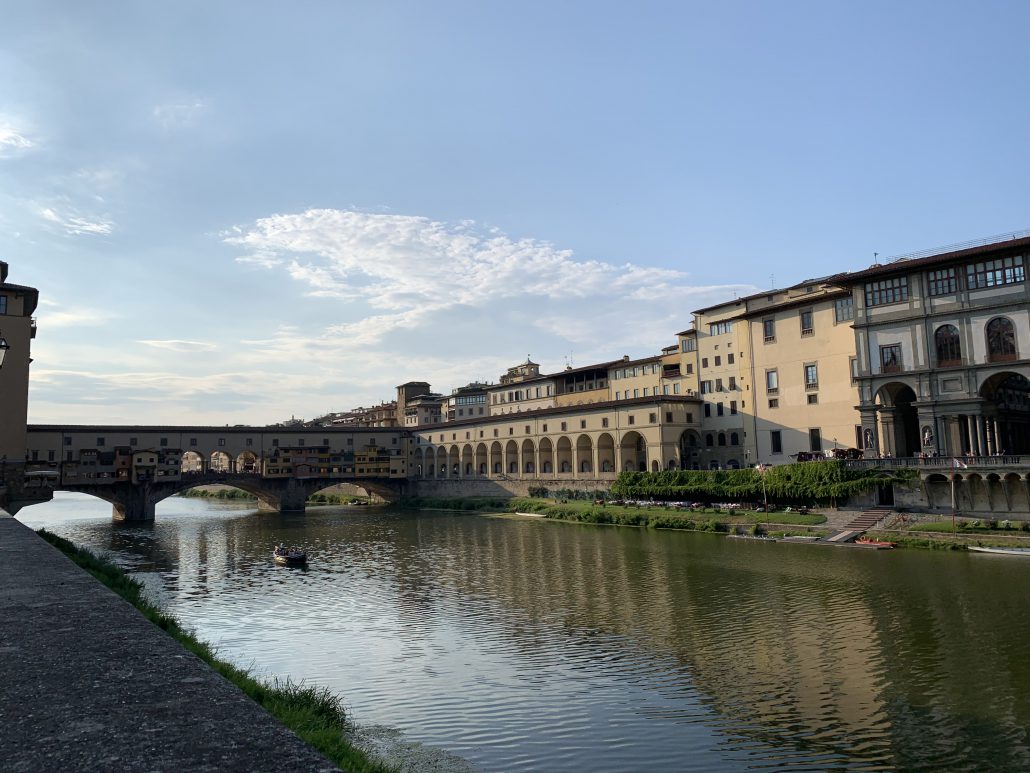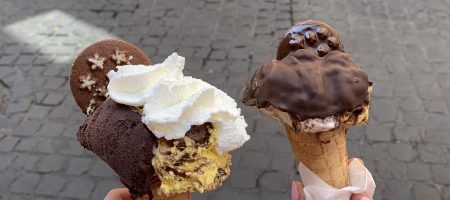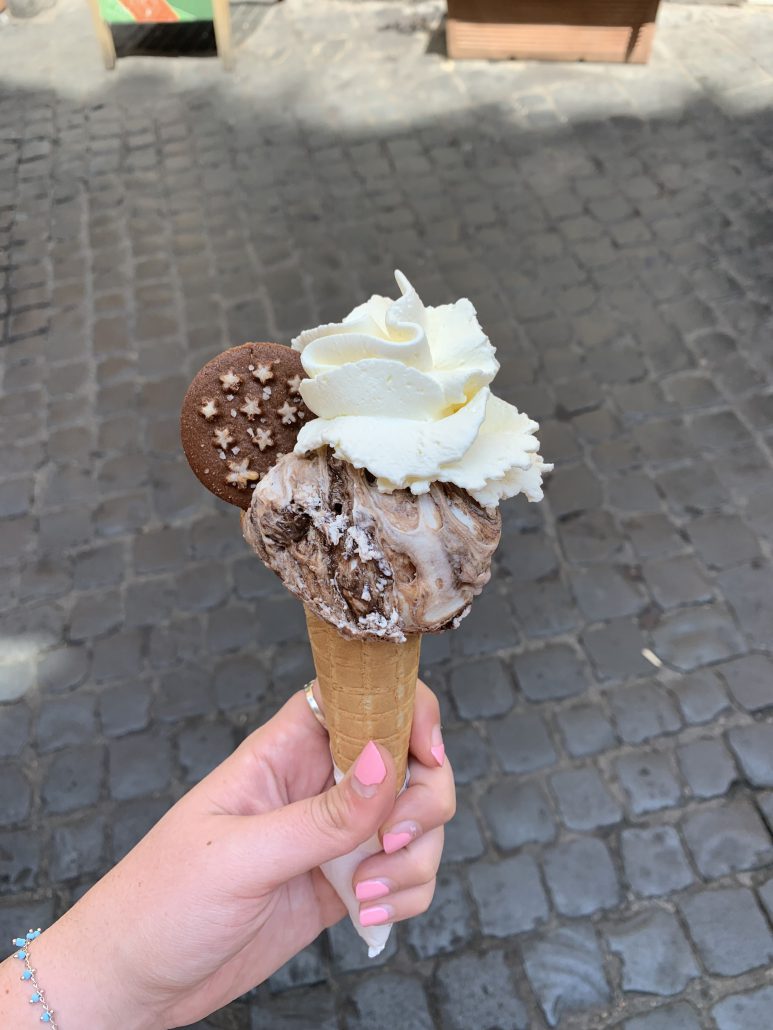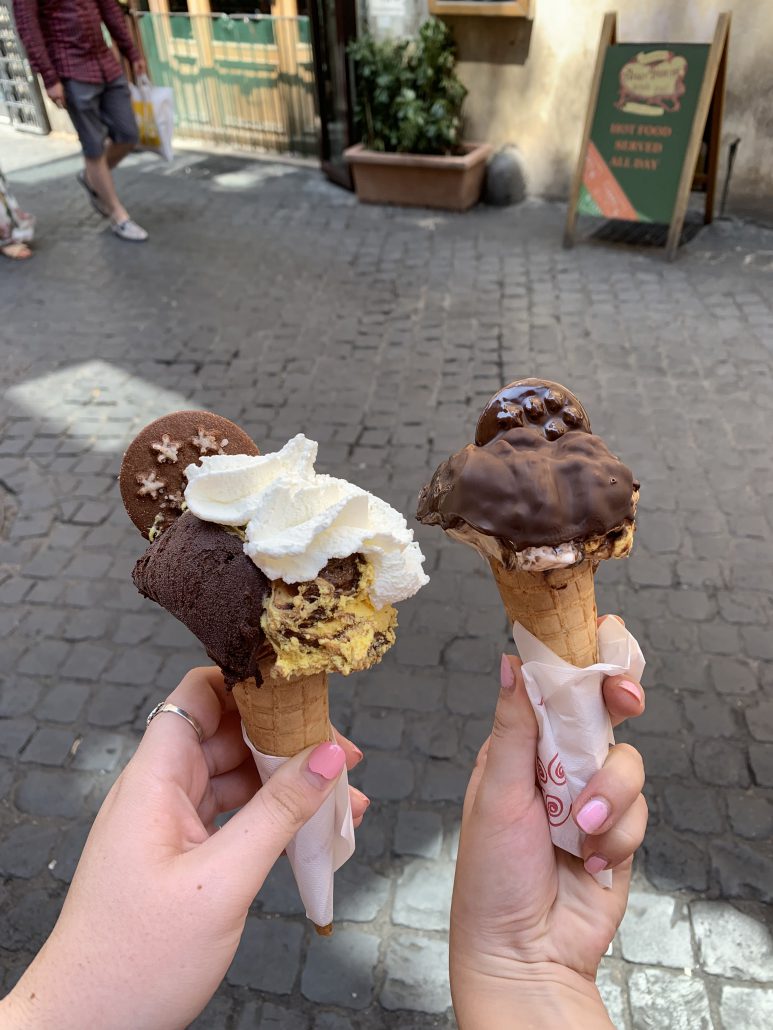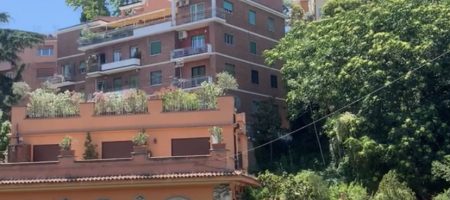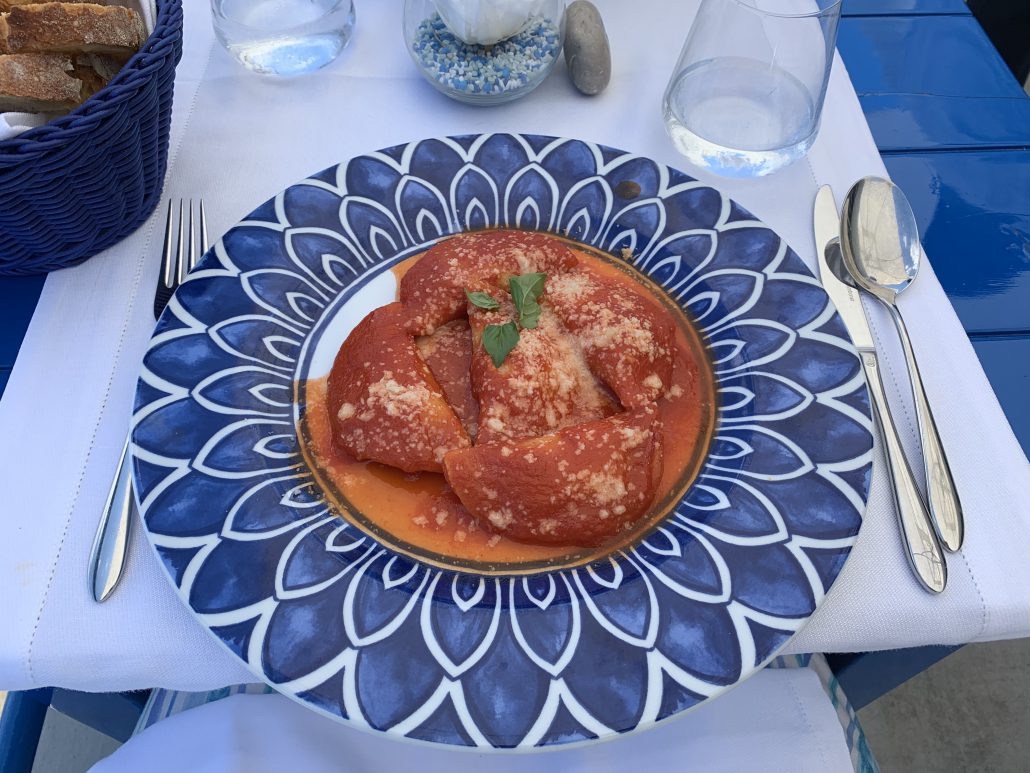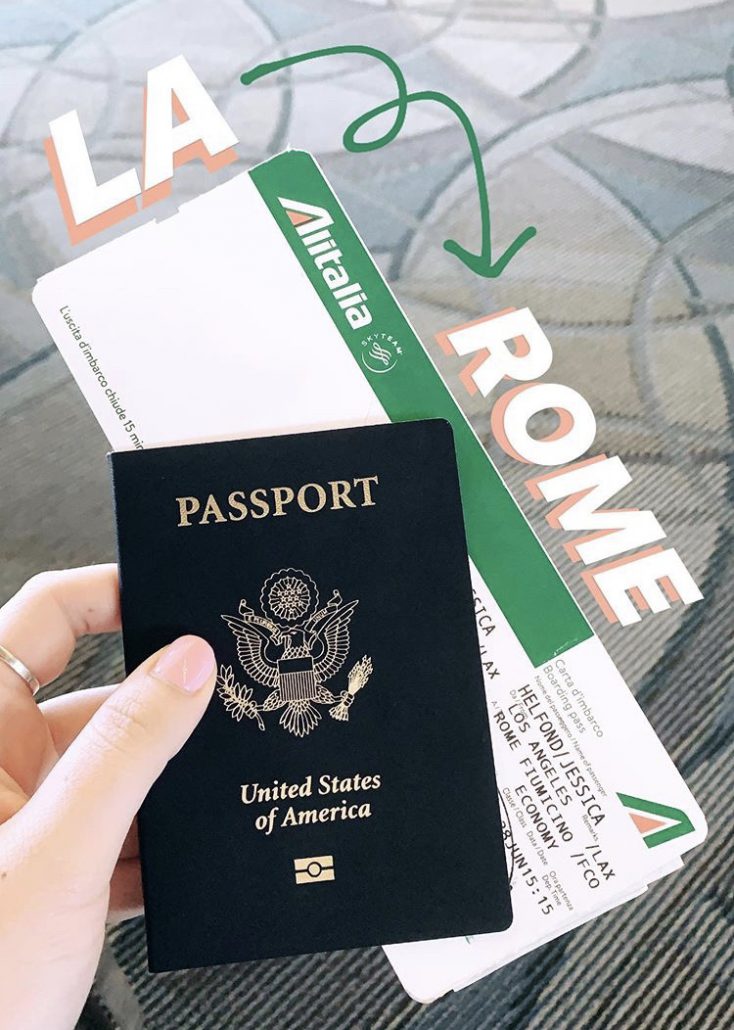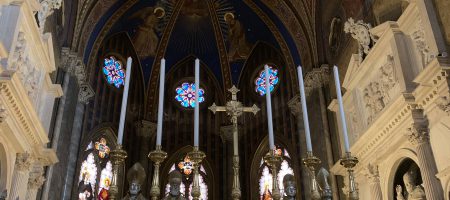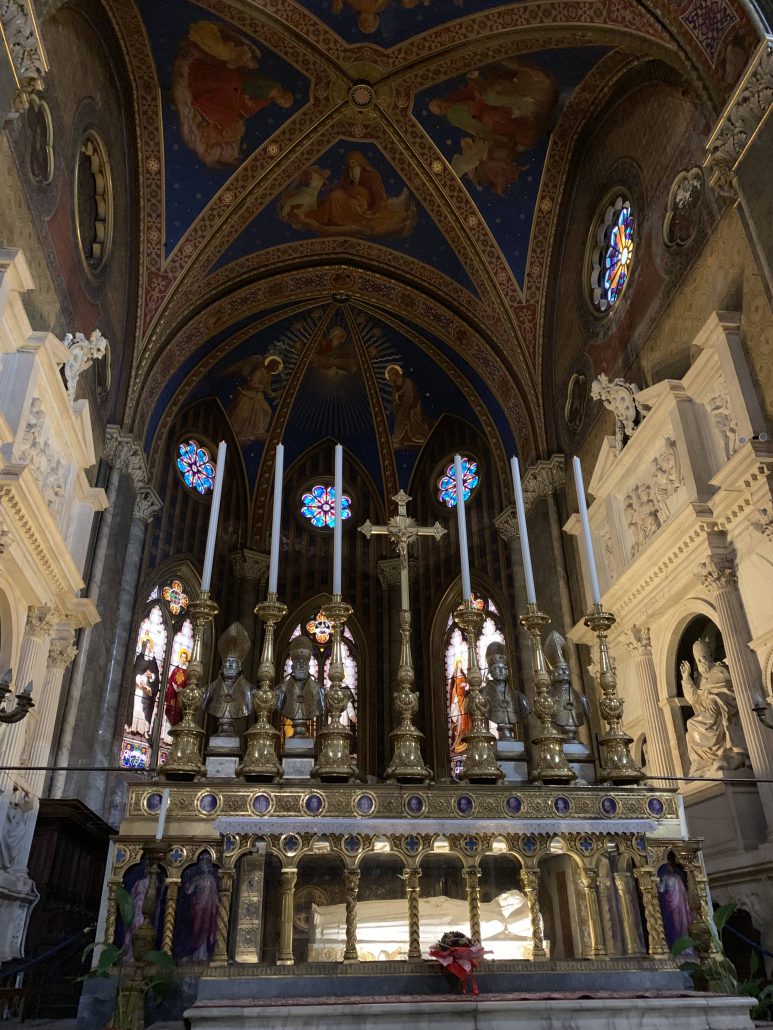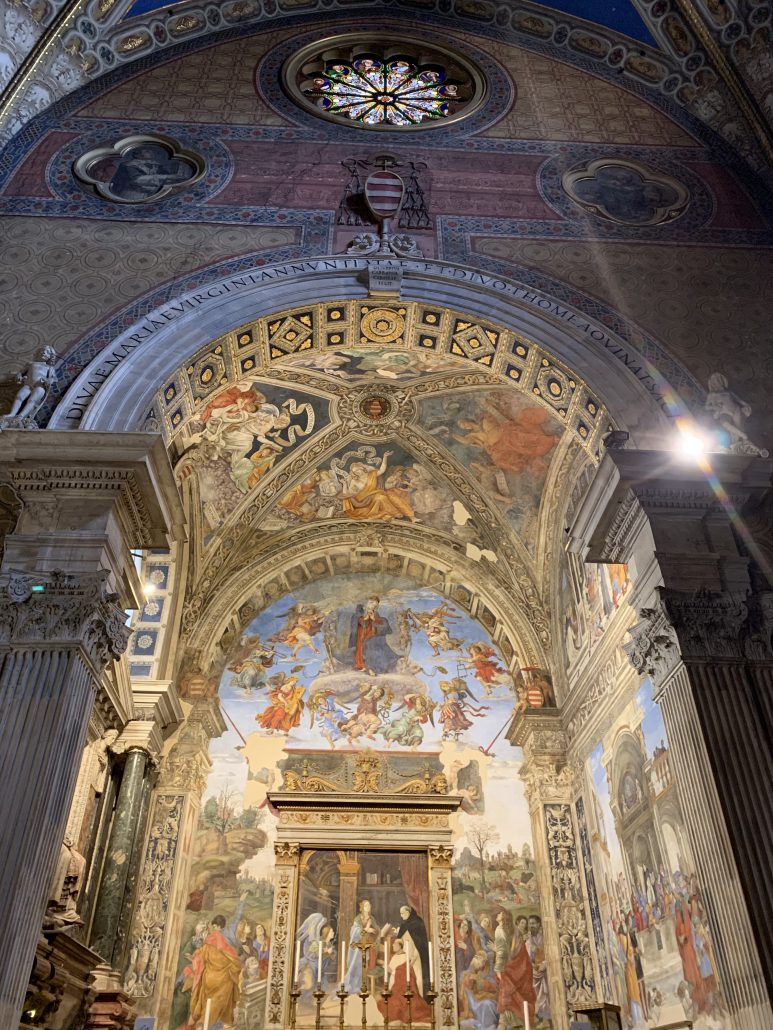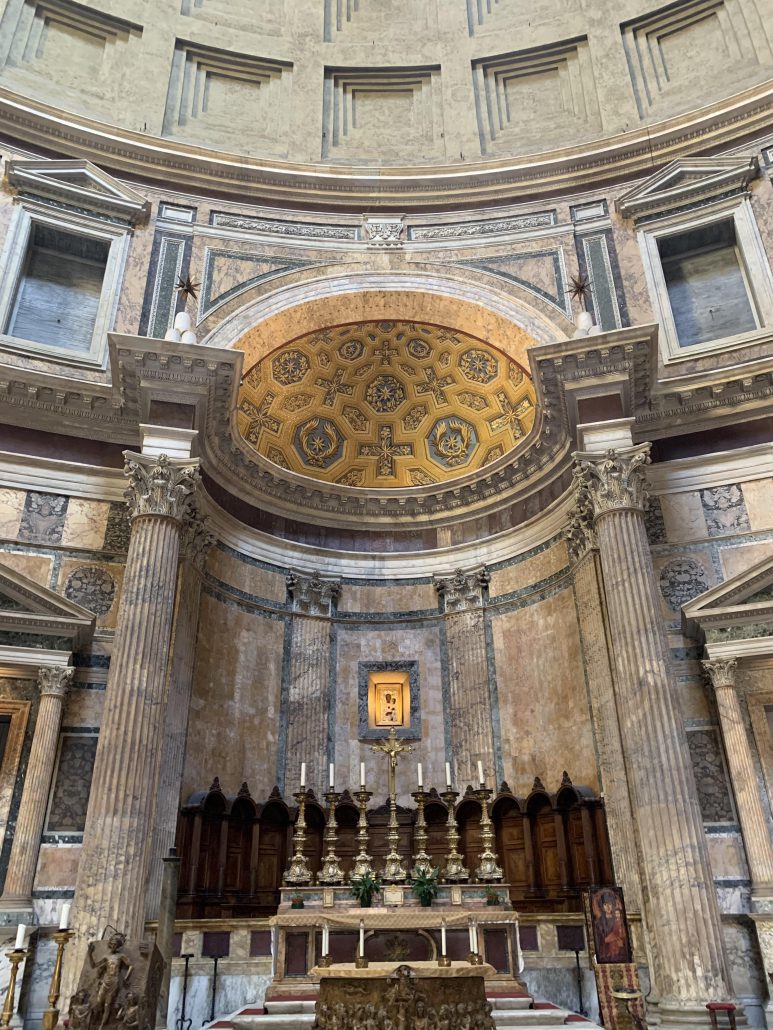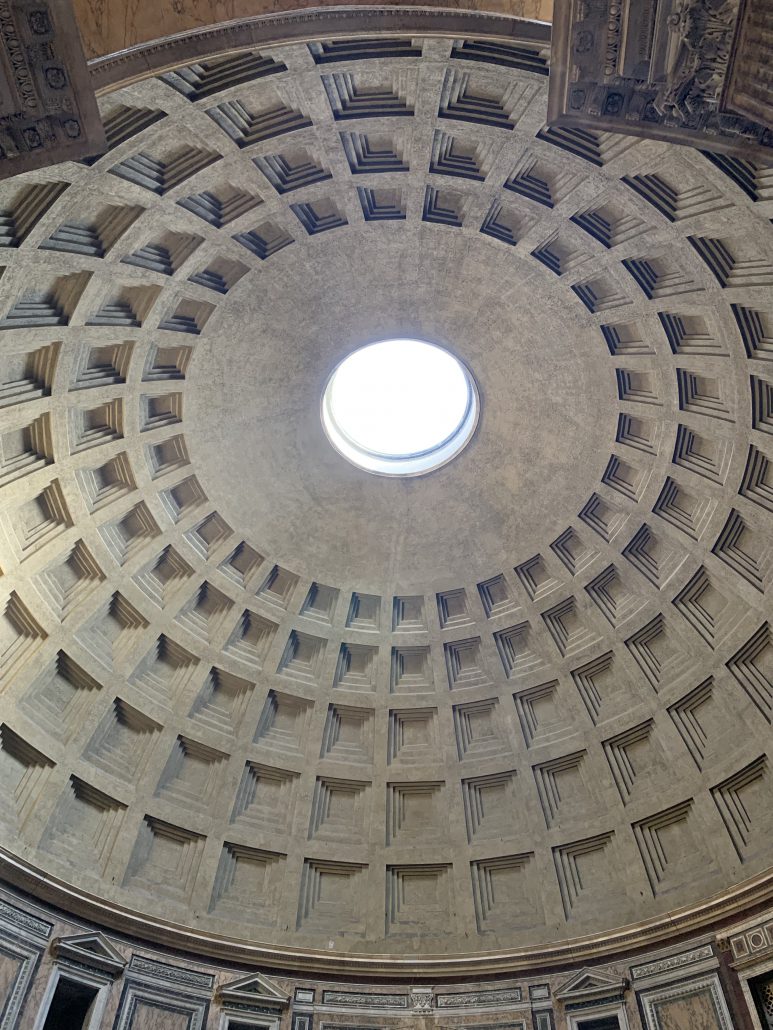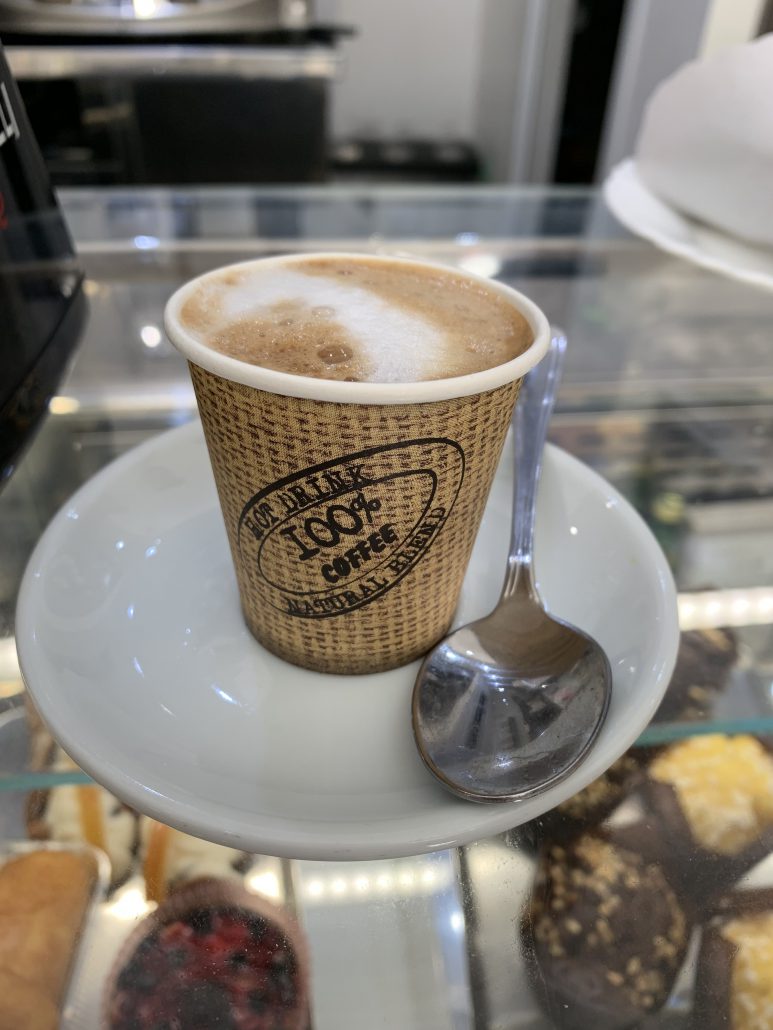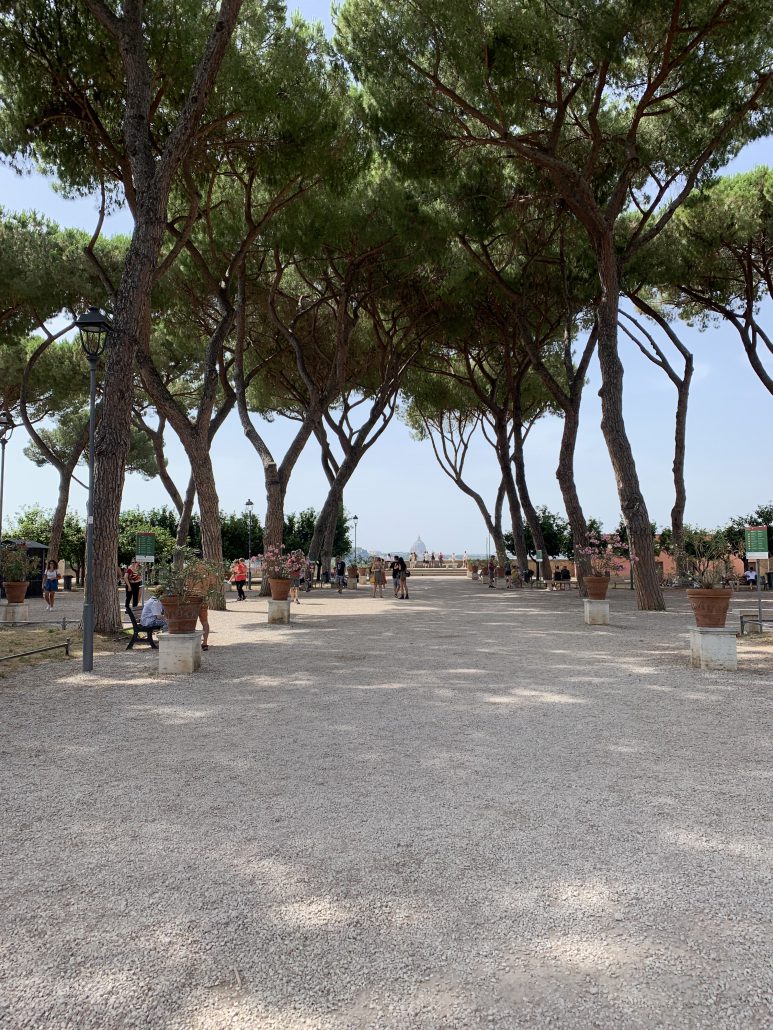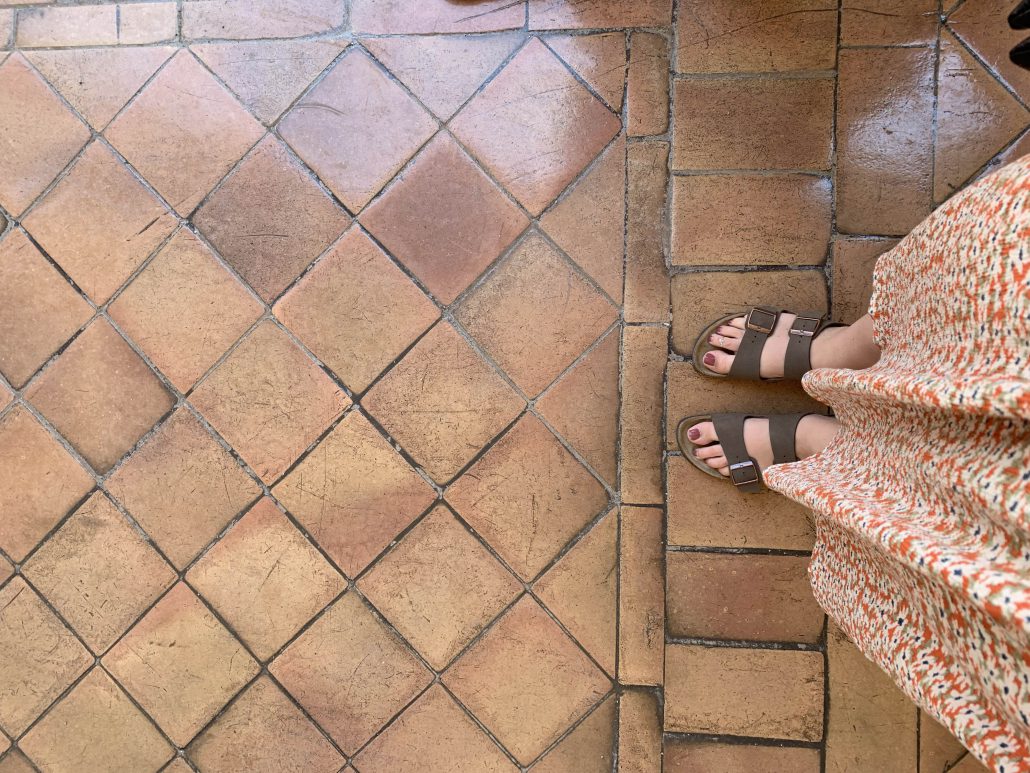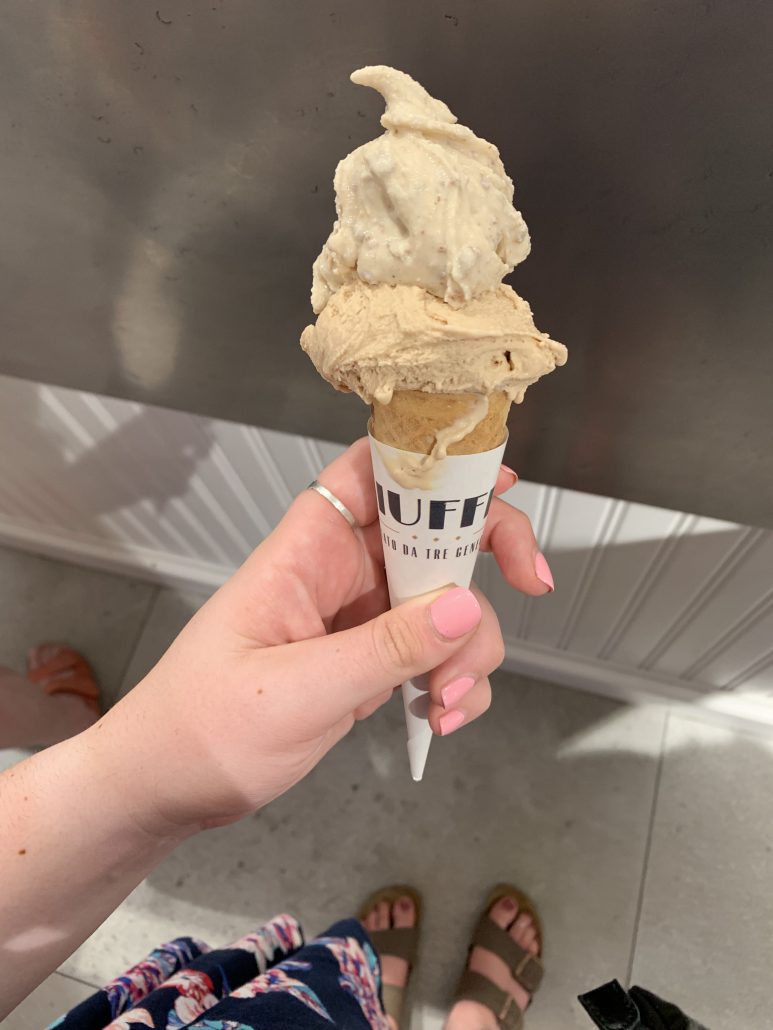Italy | Visit to The Vatican
By Jessica Helfond
During our second week of the program, we took a field trip to Vatican City. This was the field trip I was looking forward to the most because I had heard so much about the beautiful art and history the Vatican held. Plus, it has important religious significance, which made it even more special to visit. I was not disappointed by what we saw. In my opinion, it was the most incredible place we visited during our month in Rome.
While here, we had a guided tour of the Vatican Museum, Sistine Chapel, and St. Peter’s Basilica. The Vatican Museum has some of the most beautiful art in the entire world. It holds masterpieces, from work by Michelangelo to work by Raphael, and even more.
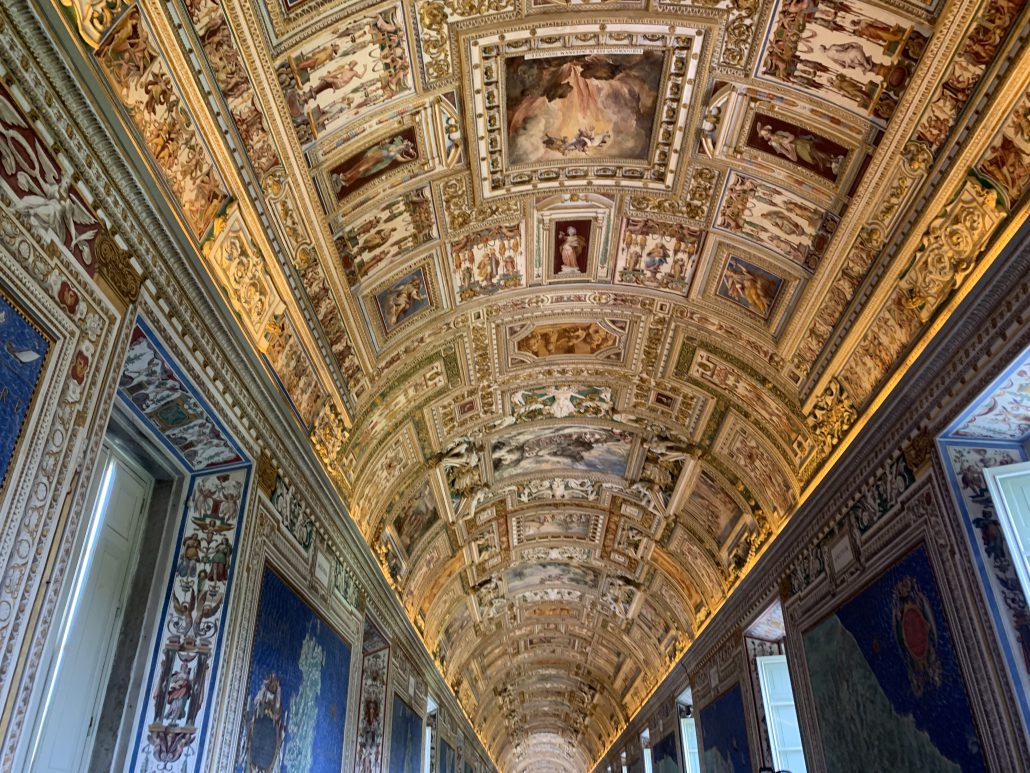
In the Vatican Museum, there are four rooms painted by Raphael, fittingly named the Raphael Rooms. The walls of the rooms are covered in various paintings, from scenes of papal ceremonies to scenes with the most famous philosophers. For example, “School of Athens” shows Plato and Aristotle walking down stairs in the center of the painting. They’re surrounded by nearly every significant ancient Greek philosopher or scientist. The painting is incredible, with colors that are still as vibrant today as they were when originally painted. The painting also has such incredible details, it’s almost as if it’s a picture.
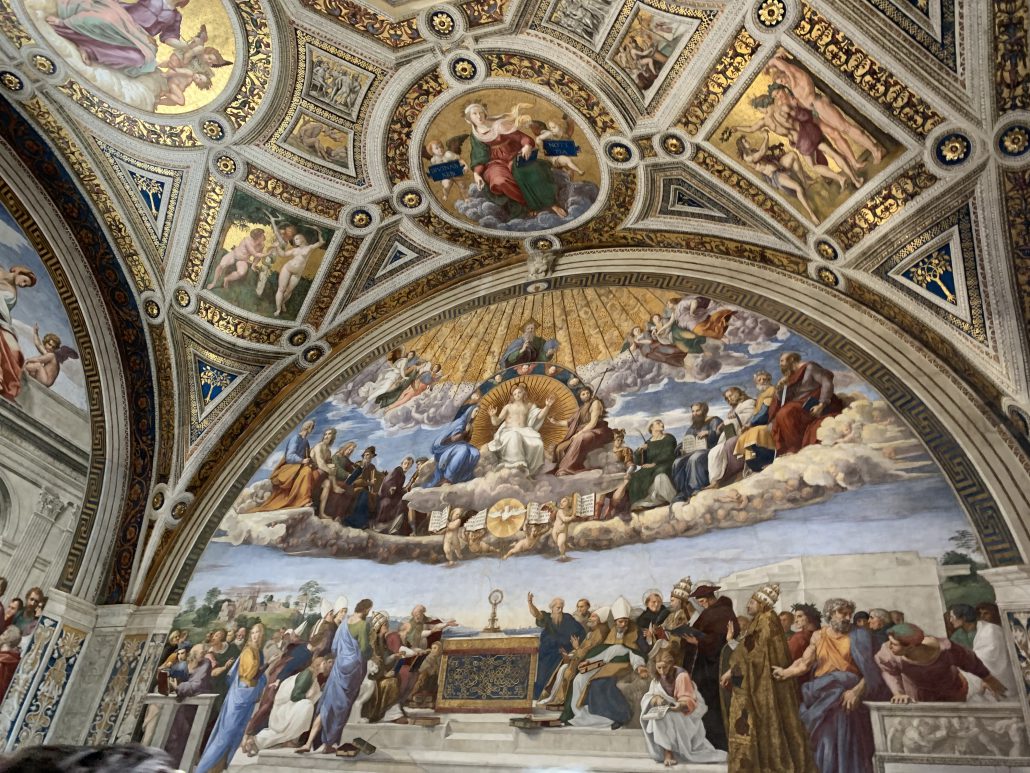
After the Vatican Museum, we visited the Sistine Chapel. No photography is allowed in the chapel because of its religious significance, but the chapel is magnificent. The entire chapel—walls and ceiling—are covered in Michelangelo’s frescoes. He painted the entire chapel completely on his own in twenty months. There are various religious scenes all along the ceiling and walls, with incredible colors, shadows, and details. It’s incredible that one person was able to paint such an immaculate work of art.
After exiting the Sistine Chapel, we went into St. Peter’s Basilica. Walking into the building is breathtaking. You’re greeted with an immense room, complete with pillars that reach high into the air and ceilings that curve even higher. The basilica is so large, the floor is engraved with a list of other basilicas that can all fit inside of St. Peter’s basilica. The ceilings have the most incredible detailing on them, and much of the room has shining gold accents. To the right and left, there are separate rooms that are filled with spectacular paintings, sculptures, and artwork.
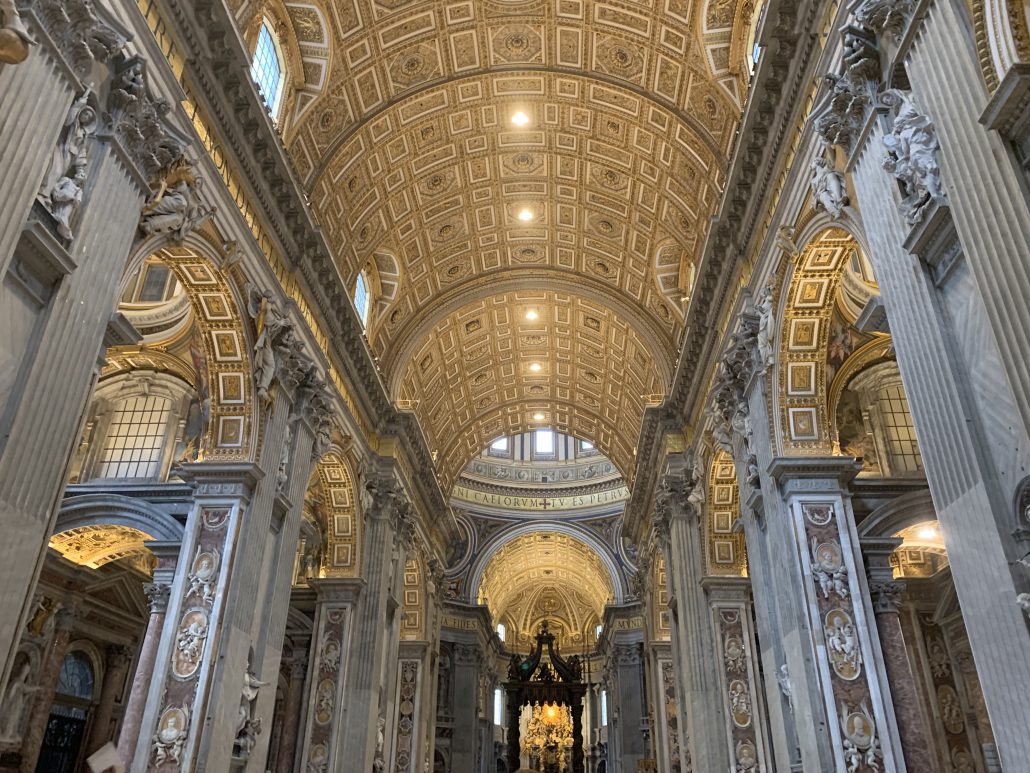
At the end of the main aisle, there is a massive bronze masterpiece, known as the baldachin, which was sculpted by Bernini—an incredibly famous sculptor from the 17th century. The basilica is full of beautiful artwork, and you can spend hours looking around and still find new things to see. It’s incredible to think that such incredible artwork was created with such little technology, and still remains standing as beautiful as ever.
Vatican City, complete with the Vatican Museum, Sistine Chapel, and St. Peter’s Basilica holds some of the most beautiful sights in the world. It’s a must see in Rome, and an incredible experience. It’s my favorite thing I saw in all of Italy, and I hope one day to go back to see its beauty again.
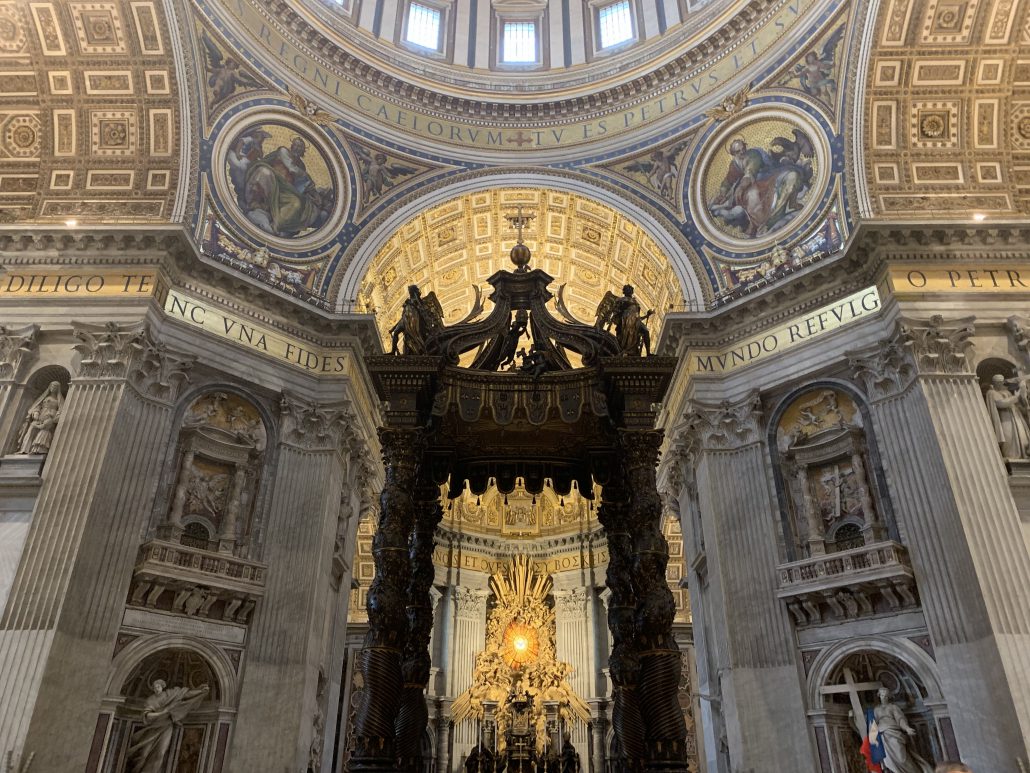
Jessica Helfond studied abroad in Rome in Summer 2019. https://ieo.ucla.edu/travelstudy/italian-rome/



